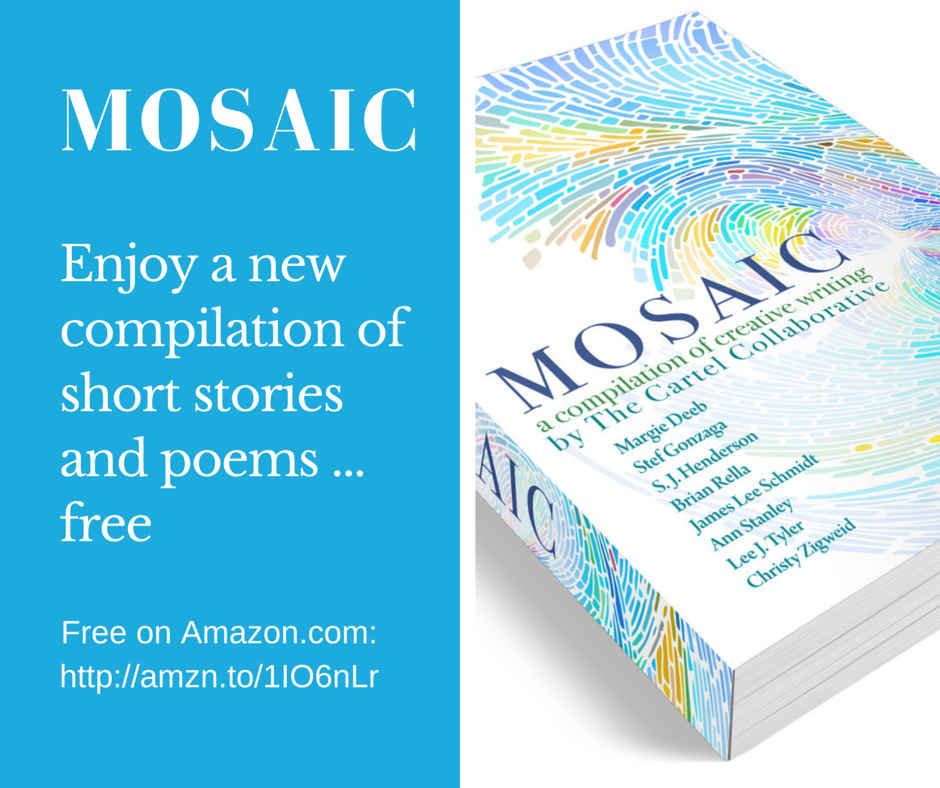With a sigh, Josephine dropped her head on the chest, hoping to catch a little of the jasmine scent Grandmother Rose used to wear, and feel again her grandmother’s kindness and love. She imagined burying herself in the old woman’s arms. If she could only bring her back to life, she would stop being so lonely and upset. But that, of course, was impossible.
The lid lifted easily, its leather hinges still intact. Velvet skirts covered in beads and mirrors filled the top tray. Again, she was a child. Her mother walked in the front door at Grandmother Rose’s in one of these outfits, her arms loaded with presents. Josephine ran to her, and she swung her around and around. Then Josephine ripped the paper off one of the presents to reveal a baby doll in a pink dress with a matching hair bow, exactly liked she’d wanted. She squealed and hugged her mother.
Her mother hadn’t stayed long, maybe a few days. After her mother left, Grandmother Rose held her while she cried herself to sleep. How many times had that happened before she’d learned not to get excited when her mother visited? The last time, the day of Rose’s funeral, she’d seen her mother park in front of the house, and she’d gone into her room and closed the door.
That’s an excerpt from my short story, Heritage. The full story can be read by downloading Mosaic, a Compilation of Creative Writing, by the Cartel Collaborative. The book is free, and you can get it on Amazon by clicking the link below. Or go here to find other formats.
If you’re curious about the story behind the story, here’s a little bit about how I wrote Heritage.
This story was born out of a writing prompt in my local writing group. I no longer remember what the prompt was, but I remember what I free-wrote in our twenty minutes; Josephine took a necklace she’d found in her mother’s home to her aunt. I opened with Josephine driving up to her aunt’s home in a downpour.
With this, I had two themes: cleaning out the home of a mother from whom she had been estranged; and a beautiful old necklace found there, which belonged to her aunt.
The rewriting started immediately. At first, I attempted a very short story, which I took to my writing group. They found it too complex for something that short. It must be a novel, they urged. I went home and tried expanding it, adding a father, two brothers, and a host of relatives. It grew into a childhood of gypsy wanderings, with all kinds of complexities, but I couldn’t make it work. I researched old necklaces, trying to build a story around the one Josephine finds. Eventually, I abandoned the enterprise, but my subconscious kept the ideas alive, and the files stayed on my computer.
Along came James Lee Schmidt, with his suggestion to compile a book of stories. With a short deadline, I scanned back through my computer and found my abandoned novella. Why not pare it back to its origins? Goodbye brothers. Goodbye wandering childhood, and so many other unnecessary bits and pieces. Josephine, though, needed expansion. She was a cardboard character in my original story; she had to come to life. With more years of writing experience since the initial version, I knew this was key. Who was she – not just what she looked like, and what she did for a living, but what was her character like? What made her that way? I don’t want to give too much away, but I made her a high school physics/math teacher. To match that, she’s introverted, a bit intimidating, a bitter loner who takes refuge in numbers, yet she’s sweet underneath the hard crust.
This may sound like an awful lot of modification, but I think of a story as a wad of wet clay. So long as you keep it wet, you can create a bunny rabbit, wad it back into an amorphous form, make a horse, add a saddle, then change it into a donkey. Until it’s dried, it can become anything, and that’s half the fun.
Once I liked my story, I sent it my co-authors for critiquing. There were a few comments which were along the lines of “what are you talking about?” If a reader says that, I know something needs fixing, even if it isn’t the spot they marked, so I made a few more significant modifications — adding cousins, for one—and sent it back to them. There were far fewer instances of “huh?” this time. After that, it went to a professional editor. By now, I was pretty tired of this wad of clay, and it was getting dry, at least in my mind. Mirel Abeles, my wonderful editor, suggested brown eyes, longer ears, and a larger saddle. I saw the wisdom of most of her words, so I dug in hard one last time. Finally, came the day when she gave me a thumbs up and it seemed I had a nice tale, free of extraneous commas and other bloopers.
